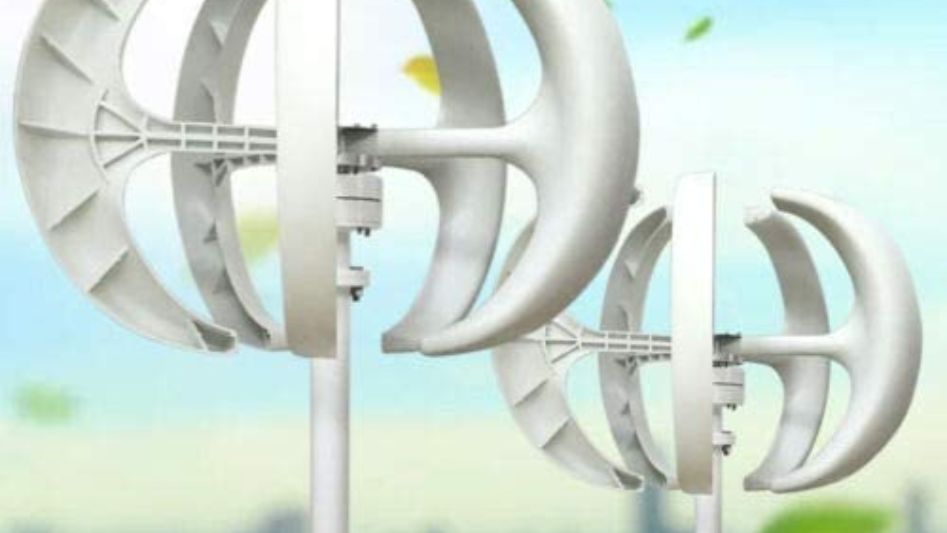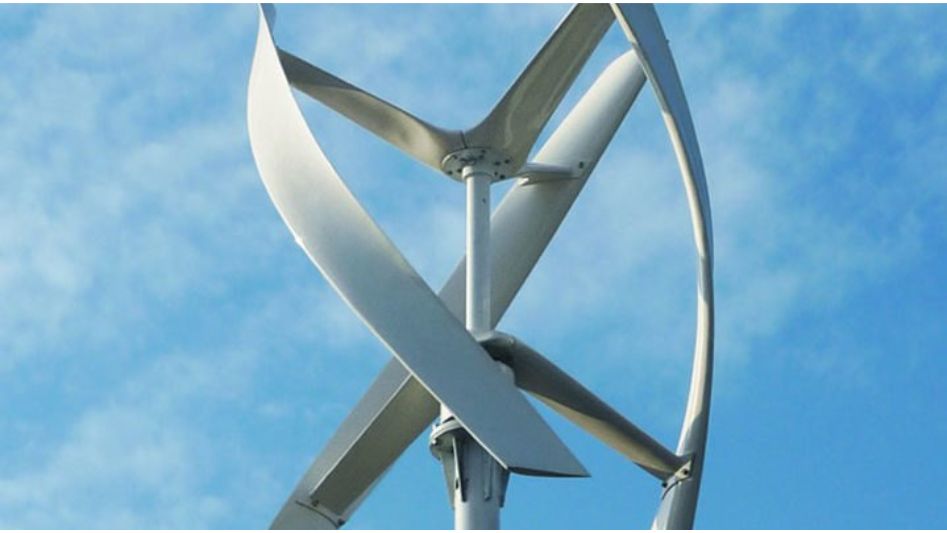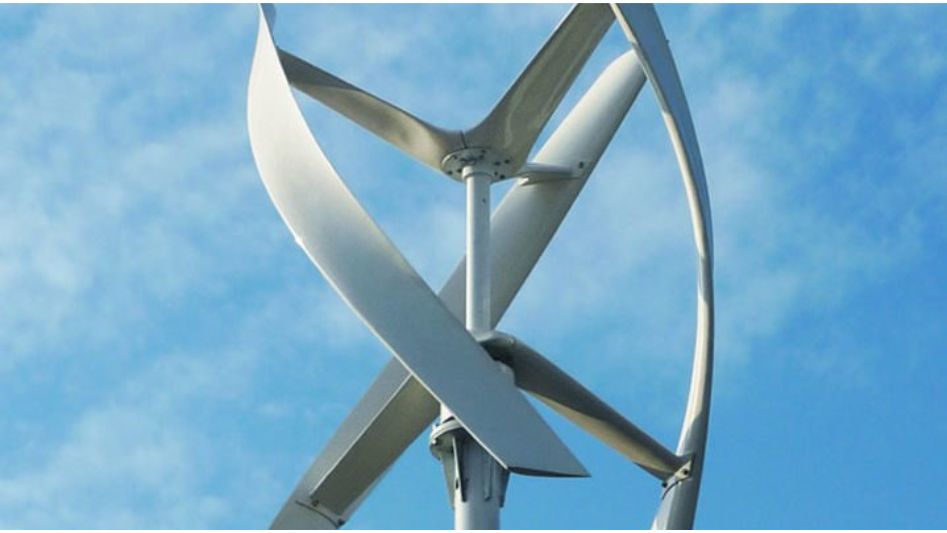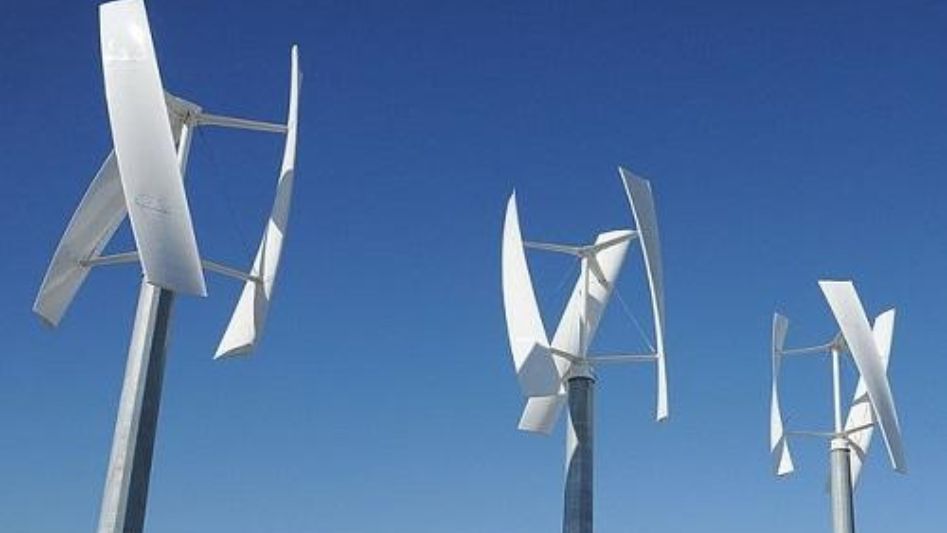Wind turbines are experiencing issues whether they are located on land or at sea. The world’s biggest developer of offshore wind farms, Orsted, stated in 2019 that horizontal axis turbines produce an enormous wake. This change was significant enough for the firm to have to significantly adjust their estimates of the amount of electricity produced by the turbines. While placed in the second position on a wind farm, a turbine’s efficiency may decline by as much as 40 percent, even though it may have had an efficiency of almost 50 percent when operating alone. A downstream turbine would need to be at least three kilometers away to escape the turbulence caused by an upwind turbine with a capacity of 10 megawatts and a blade span of 150 meters. That would create a very sizable agricultural operation.

Iakovos Tzanakis, a professor of engineering materials at Oxford Brookes University, said that just stating, “OK, we have the wake effect, and we can’t do anything about it,” is not an appropriate method to go ahead with the problem. Tzanakis and undergraduate student Joachim Toftegaard Hansen were certain that there must have been a more effective solution. So, they started looking into vertical-axis wind turbines as an alternative solution.
One vertical axis wind turbine collects energy from the wind in a manner that is distinct from, but not necessarily superior to, that of its horizontally oriented cousins. Its blades are arranged such that they are perpendicular to the ground and circle the tower in a merry-go-round fashion. A single vertical turbine’s efficiency ranges between 35 and 40 percent, depending on the model (though vertical turbine researchers believe that number will soon reach 50 as well). However, as Tzanakis and Hansen proved in research published in Renewable Energy in June 2021, vertical-axis turbines can outperform horizontal turbines when functioning in conjunction with one another and when placed in the optimal manner.
Increased Efficiency
Tzanakis and Hansen conducted around 11,500 hours’ worth of computer simulations, testing thirty-odd different layouts of vertical turbines. They discovered that the most effective configuration of vertical-axis turbines is to have them spaced three diameters apart and rotated counterclockwise by sixty degrees. The efficiency of the turbines was improved by 15% thanks to this configuration. It also meant that the turbines could be packed in much more closely together in a far more compact farm than would be possible with horizontal turbines.
They are more efficient because of how they get energy from the wind.
According to Tzanakis, “First they blow some air, then they take some air in.”
The wind is calmer when it passes through areas where vertical axis turbines are located, in contrast to areas where horizontal axis turbines create a wake that looks like a funnel and spreads out like a contrail. Tzanakis compares the effect to a game of wind soccer or even foosball. [Citation needed] “Everything’s as if they are passing an air ball between players—somehow it works in unison, and you get this overall efficient feeling.”

Offshore Windfarms
Vertical turbines may be the best choice for offshore wind farms because they take up less space overall, are shorter, and produce more power when used together.
For instance, there is a lot of friction between the government of Greece and the people who live on its islands. People whose jobs depend on tourism are worried that the horizontal wind farms that the government wants to build will ruin the skyline and slow down the economy.
According to Tzanakis, “if you ruin this shore and this lovely scenery—the blue sea and the blue sky,” it may have a negative impact on the tourism business. These islands would benefit greatly from the installation of vertical-axis wind turbines. They thus produce the same amount of power but are much shorter in height and difficult to see from the shore.
They have the ability to take up one hundred times less space than traditional methods.
It should be no surprise that a sector worth one hundred billion dollars is not likely to suddenly transition from an established design to a significantly different one. According to what Tzanakis had to say, “We are not here to overturn everything and throw aside horizontal axis turbines.” “We think that a hybrid model may revitalize the current low-efficiency wind farms and give the next step for certain future perspectives on enhancing the power density of wind farms,” said one of the researchers.
And even though it is not debatable how profitable it is, the wind turbine sector could be more adaptable to change than other businesses.
Tzanakis said that the topics of climate, energy, and the environment were going to be discussed. It has an effect greater than that of people and of ourselves. We must take this matter seriously and move quickly. “

You May Also Like
Wind Energy: The Unknown Facts
Vertical Axis Wind Turbine in Urban Applications
Can A Small Wind Turbine Power A House?
5 Use Cases For Wind Energy That You Will Not Believe
What is Horizontal Axis Wind Turbine (HAWT)? Working & Its Applications

